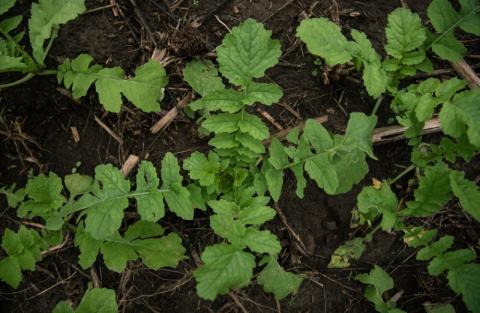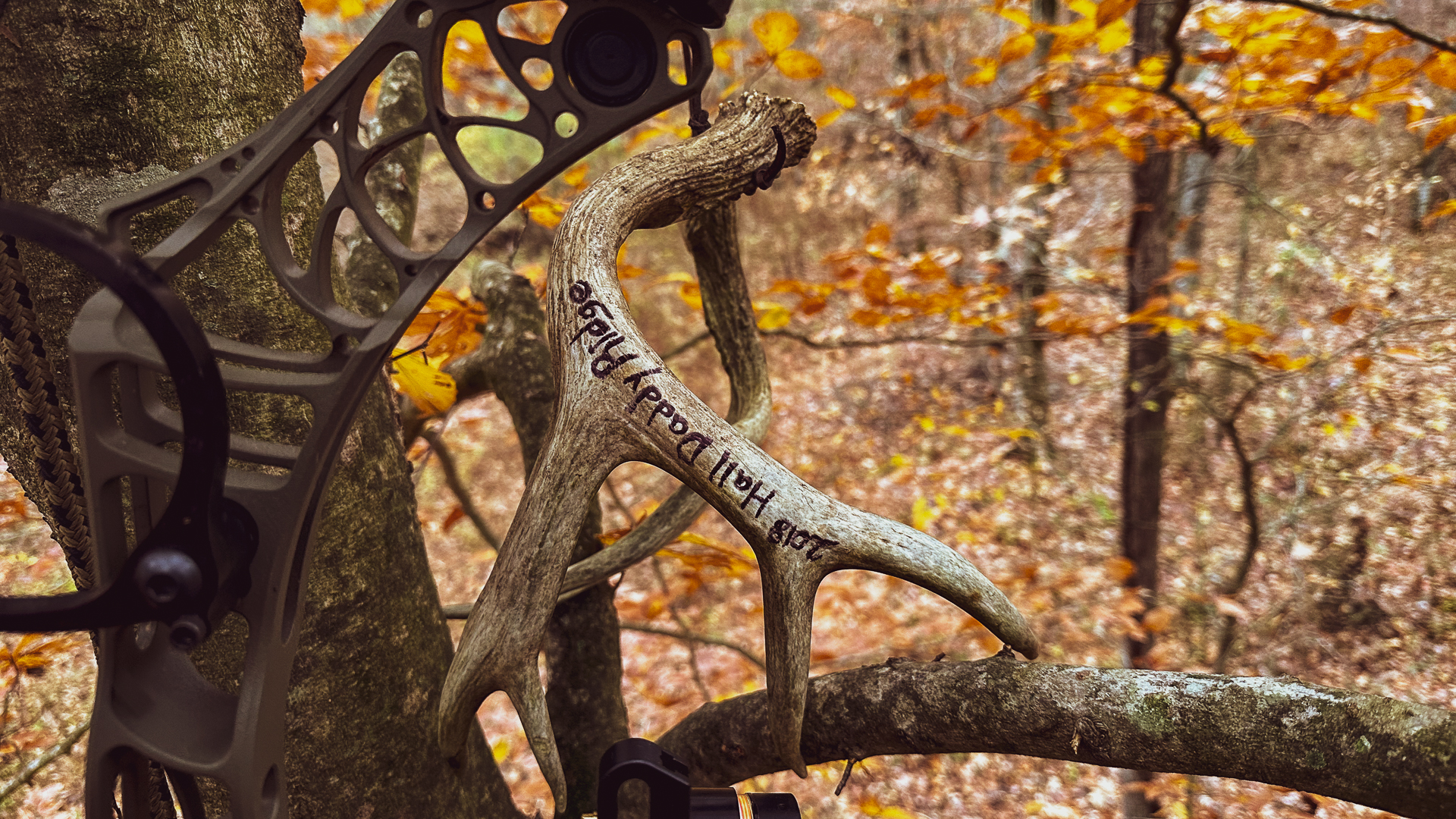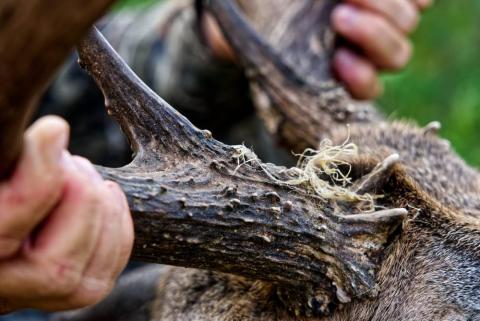Keeping Your Live Bait Alive
Phillip Gentry
It’s no secret that the majority of sport fish prey heavily on forage (baitfish) species. Accordingly, using live bait when trying to catch game fish has an undeniable appeal. The problem for live bait anglers is that acquiring, storing, and maintaining bait fish is often difficult due to their delicate nature. Another issue is trying to transport a large amount of live bait, which won’t survive for very long without some specialized equipment and handling. A well aerated and insulated bait tank is a critical piece of equipment for the angler who plans on using live bait to catch fish.
Anglers who fish tournaments are especially interested in having a ready supply of live bait, whether they’re fishing for crappie, catfish, or some other species where live bait fishing is allowed. Nothing beats fresh bait, whether it is used as fresh cut bait or placed alive on the hook.
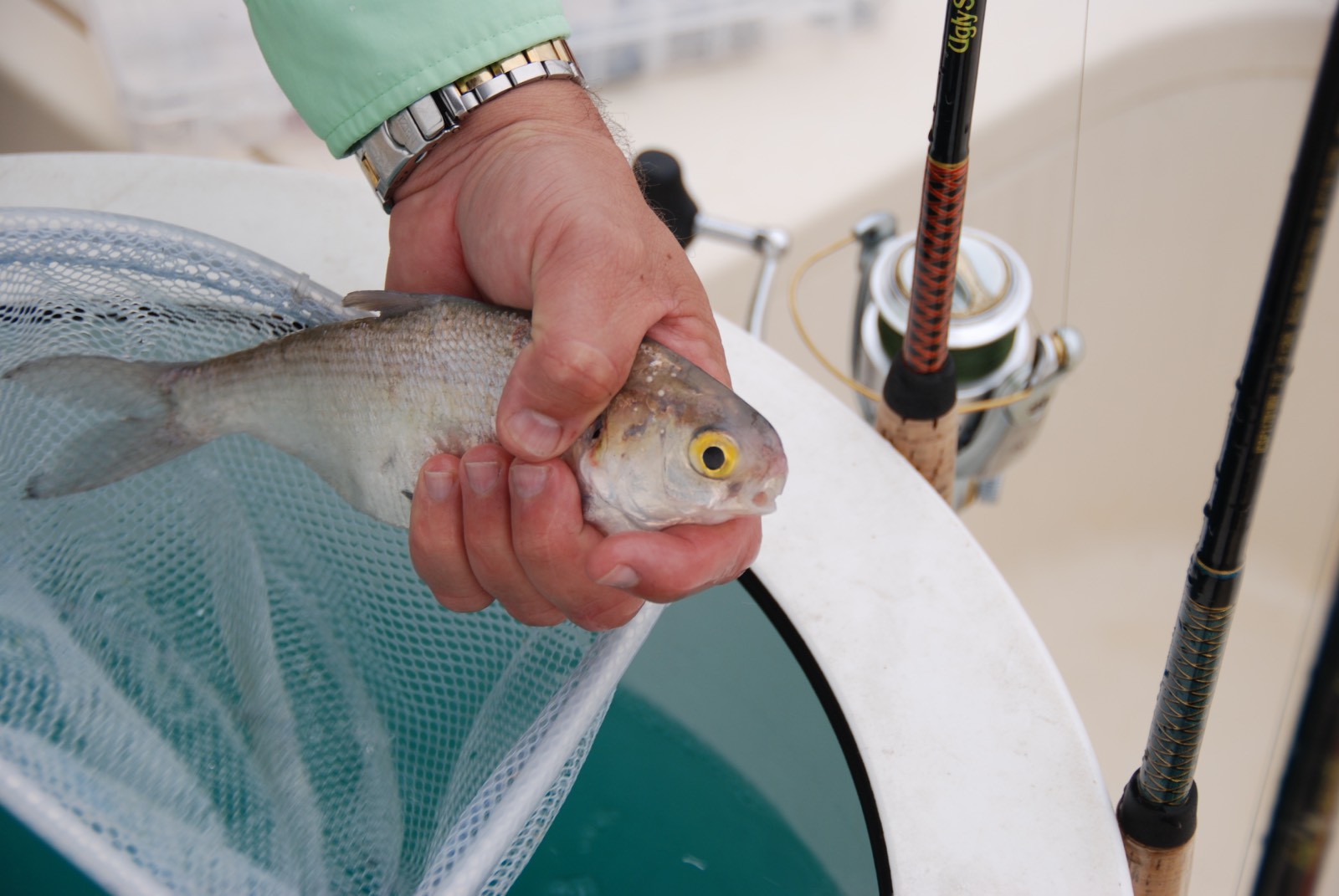
The proper care of live bait is an important factor in catching many species of game fish.
A good bait tank will be equipped with a filtration system designed to remove deadly organic matter to keep water clear and the odor down. It will also help remove ammonia, a chemical that causes stress and kills bait fish. It should have a scale screen to remove scales and other debris from water.
Water circulation via a circulation pump is also needed to keep water flowing at proper speed based on the size of tank used. Water that flows too fast will wear down and possibly injure bait. A steady, gentle circular flow of water is recommended. Round or oval tanks are also best to prevent bait from crowding into a corner where water flow can’t circulate.
For live bait anglers who catch their own bait using a cast net, a couple of tips to make sure the bait stays healthy is the use of two separate bait holding systems. The first tank is the capture tank. This is the area the bait is placed immediately after flushing from the net. Netted bait will shed scales immediately after capture as well as excrete ammonia. Allow the bait to settle for 30 – 45 minutes in the capture tank, removing the dead ones, and then place them in the holding tank. Discard the water from the capture tank. This process is known as curing and will allow your fresh caught bait to last longer.
A second bit of advice is to flush the net directly into the capture tank. Some anglers dump netted bait in the floor of the boat or on the ground before placing it in the capture tank. The excessive contact with dry surfaces further serves to injure and stress the bait, resulting in more casualties during the curing.
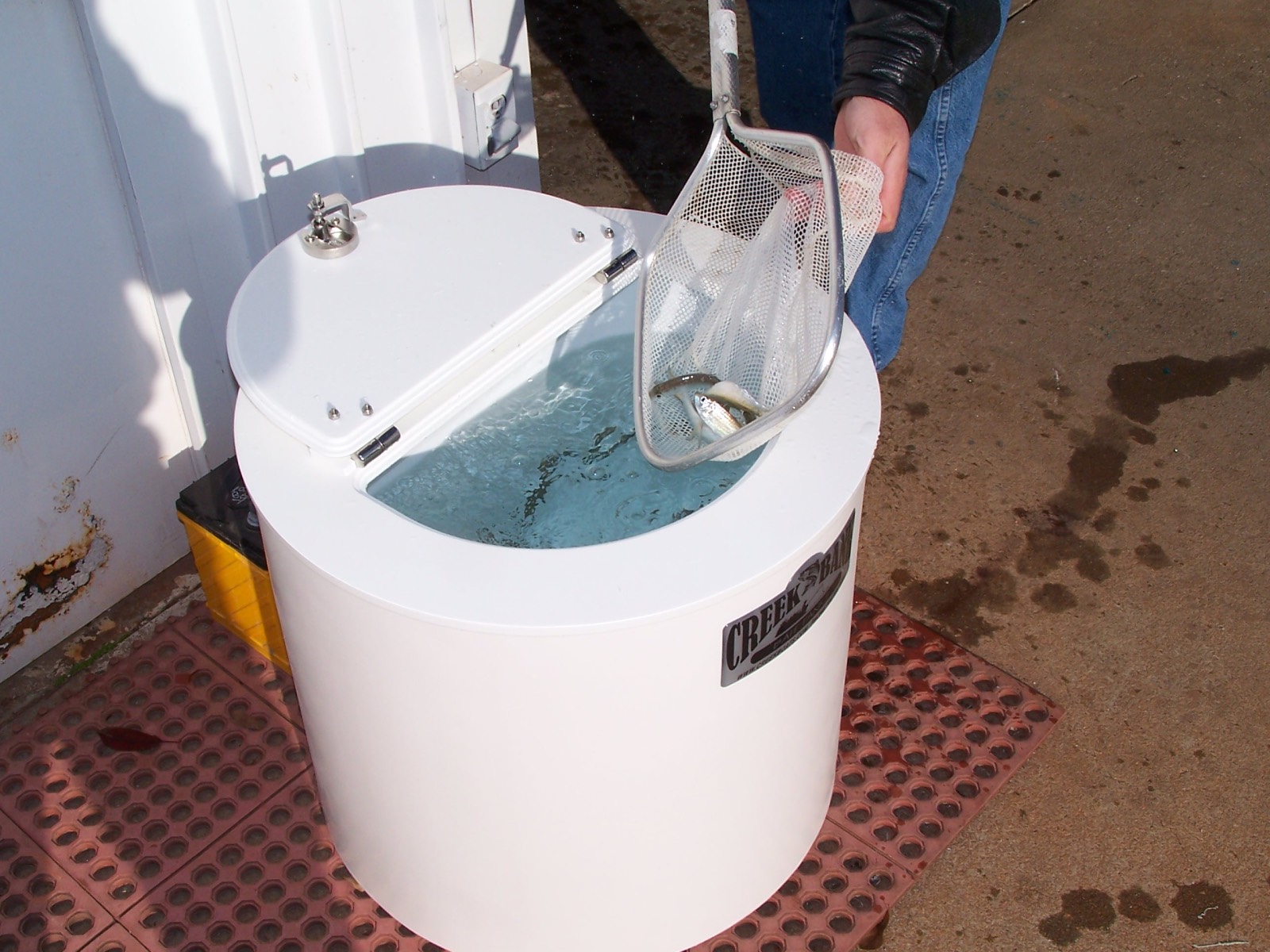
An insulated, filtered, and well aerated bait tank is an important piece of gear for live bait anglers.
Aeration systems are also available on some bait tanks that will pull air from outside the system and disperse it in the tank via an air stone or venturi so that a fine mist of bubbles can mix with the circulating water and help oxygenate it. Other systems are available for introducing oxygen from a refillable oxygen tank into the water.
Adding chemicals and or minerals to fresh caught bait can also help lengthen their lifespan and keep them healthy. The first additive is rock salt. This toughens the bait as well as promotes healing of netting injuries. The second additive is a commercially available mineral compound most frequently known as bait saver. Brands differ slightly, but the mineral compound helps to increase slime coat, adds electrolytes to the water, reduces fungus and bacteria and helps reduce ammonia which causes both fish stress and creates surface foam which impedes oxygen transfer to the water.
Water conditioner is needed when filling bait tanks or replacing bait tank water that contains chlorine. High levels of chlorine remove oxygen from the water, so the water must be treated to remove the chlorine. The best practice is to use water that has not been treated with chlorine such as well water or water directly from the lake or river.
If possible, it’s best to prep the holding tank by filling with cool water. In hot weather, non-chlorinated ice can be used to cool the water and a temperature gauge should be used to monitor the temperature at an appropriate temperature that will hold oxygen but not be so cold as to shock the bait when it’s put in play.
Finally, wet your hands prior to handling bait at any time to prevent slime coat loss and scale injury.
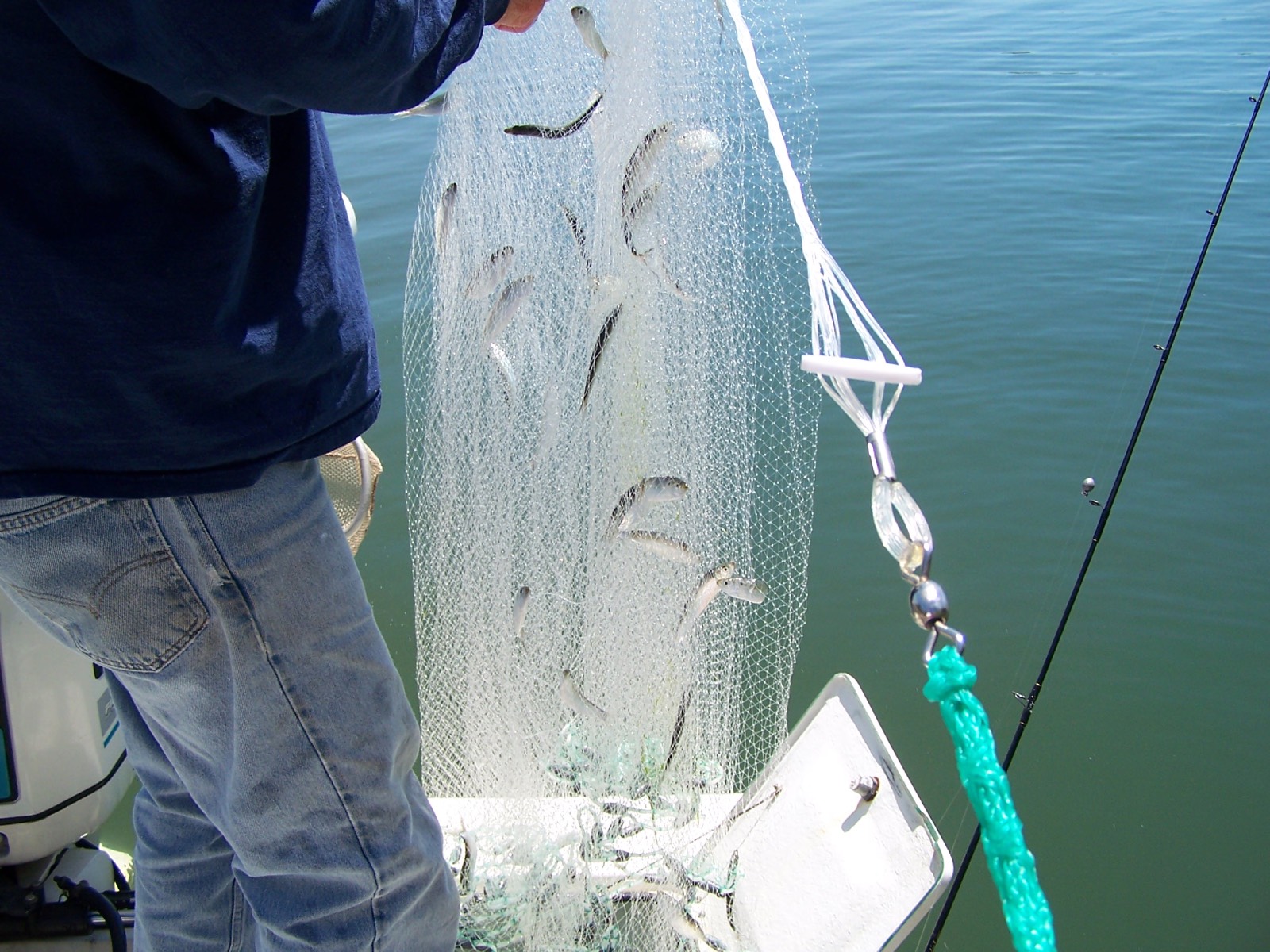
Baitfish are stressed and frequently injured during capture, but there are ways to help reduce loss.
Frequent cleaning and care of your bait tank will insure bait health and survival. Baking soda and a plastic dish cleaning brush can be used to remove grime from inside a bait tank. Baking soda will leave no chemical residue that could upset your water balance during its next use. Rinse the tank thoroughly with water after cleaning and allow the tank to air dry.
Care and handling of live bait may seem arduous at first, but by practicing a few simple routines to keep your bait healthy and the bait holding confines sanitary, catching and keeping good fresh bait for up to three days should not be a problem, even in relatively extreme conditions.

















